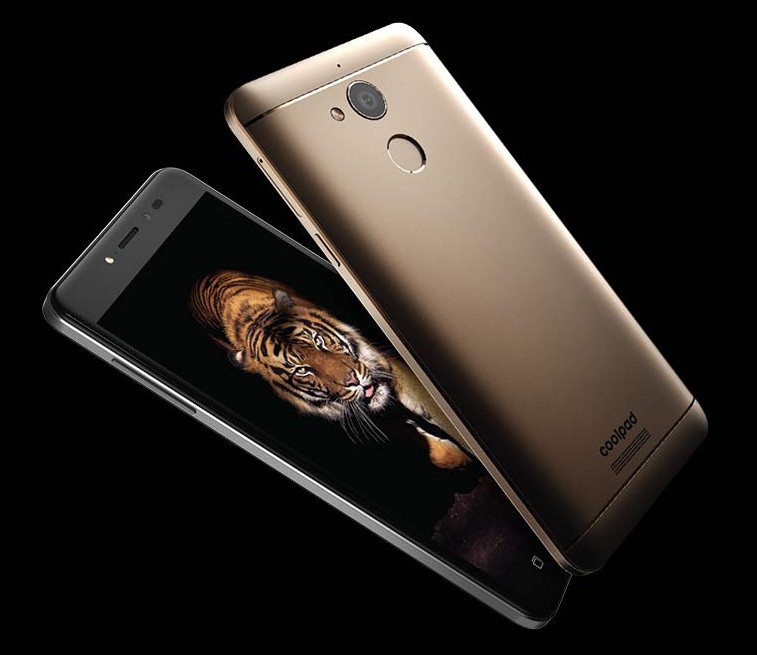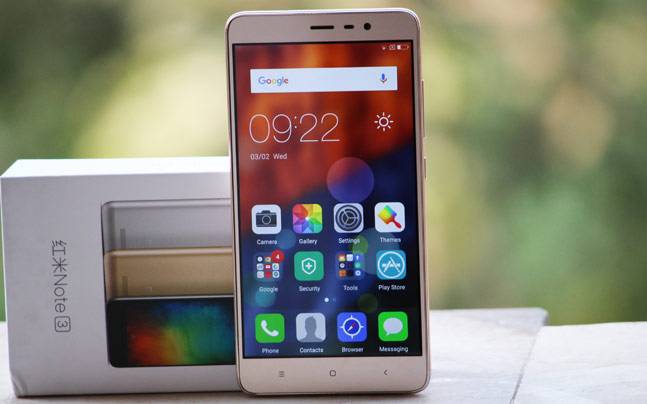Today we have a clash of three “Note” models, all sporting 5.5-inch displays, and all being placed in the budget segment of the market. All three models offer lots for the money, but which one offers the most? Find out here.

Dimensions, Design
Coolpad Note 5 looks average; the phone sports design found on many models – three soft keys under the display with a fingerprint scanner and main camera placed on the upper middle part of the backside. No design miracles here, just stuff we saw so many times before. The phone measures 152 x 75.7 x 8.9 mm, a standard size for a 5.5-inch device.
The Redmi Note 3 also doesn’t look very attractive. As is the case with Coolpad Note 5, the Redmi Note 3 features three soft keys under the screen, with a fingerprint sensor and the main camera lens being placed on the upper middle part of the backside. One detail is different, the speaker grill placed on the bottom of the backside. The phone measures 150 x 76 x 8.7 mm, sporting almost identical size as the Coolpad Note 5.
Lenovo K5 Note looks the same as the Redmi Note 3; three soft keys under the screen, fingerprint sensor, and the main camera lens placed on the upper middle part of the backside and a speaker grill placed on the bottom of the backside. Not a beauty pageant winner, but not an ugly device either. It measures 152 x 75.7 x 8.5 mm, sporting a size that’s very similar to other two models.

Hardware, Display
Lenovo K5 Note is powered by MediaTek’s Helio P10 (4×1.8 GHz Cortex-A53 & 4×1.0 GHz Cortex-A53 coupled with Mali-T860MP2); the chipset can reach around 48,000 points in Antutu benchmark. The phone comes with 2 gigs of RAM and 16 GB of expandable internal storage. Solid specs for a budget phone; you can expect relatively snappy performance, with some compromises in the form of slow performance in newest games.
Xiaomi Redmi Note 3 comes with a Snapdragon 650 (4×1.4 GHz Cortex-A53 & 2×1.8 GHz Cortex-A72 along with Adreno 510). A serious chipset which is able to reach 79,000 points in Antutu, almost doubling the result of Helio P10 featured in the K5 Note. Aided by 2/3GB of RAM and 16/32 GB of expandable internal storage, the Redmi Note 3 is capable of chewing up anything you throw at him, without any compromise.

Coolpad Note 5 also sports a Qualcomm-made SoC, the Snapdragon 617 (4×1.5 GHz Cortex-A53 & 4×1.0 GHz Cortex-A53 combined with Adreno 405 GPU). A bit under Helio P10, and very far from Snapdragon 650, the 617 can go up to around 45,000 points in Antutu. You’ll get solid performance, but as is the case with Helio P10, with some compromises. The phone is equipped with 4 gigs of RAM and a choice between 32 GB and 64 GB of expandable internal storage.
All three models feature 5.5-inch, 1080p IPS LCD display, offering natural-looking colors and high viewing angles, with Lenovo sporting a new, LTPS IPS LCD touchscreen matrix, featuring very fast response time. This size is perfect for any kind of task; gaming, surfing the web, reading books, watching movies, the 5.5-inch screen is perfect for all.
Camera
Lenovo K5 Note is equipped with a 13 MP (f/2.0) main camera sensor, being able to snag some nice photos. Just don’t expect superb low-light performance. The camera features phase detection autofocus, dual-LED flash, and HDR. It can record 1080p at 30fps videos. The selfie camera counts 8 MP.
Coolpad Note 5 features a similar main camera sensor. Measuring 13 MP (f/2.2), it can perform solidly under right conditions. The camera supports autofocus, LED flash, HDR and is able to record 1080p at 30fps videos. The front-facing snapper has 8 MP (f/2.2) and features a LED flash for taking selfies in dark.
The Redmi Note 3 comes equipped with 16 MP (f/2.0) main camera sensor; expect nice photos and better low-light performance than on other two models. The camera features phase detection autofocus, dual-LED flash, and HDR. It can record 1080p at 30fps videos. The selfie snapper has 5 MP (f/2.0) and can record 1080p videos.
Battery, Software
Battery capacity is one of the most important specs of any modern smartphone, and all three models facing today have excellent batteries. Coolpad Note 5 is equipped with a huge 4010 mAh battery that should offer two to three days of charging independence. The phone works under Android Marshmallow.
The Redmi Note 3 (as with most models coming from Xiaomi) also sports a behemoth-sized battery with a capacity of 4050 mAh, giving you up to three days of use before needing a charge. The phone works under Android Lollipop.
Lenovo K5 Note sports a bit lesser battery with a capacity of 3500 mAh, enough for two days of use. The phone runs under Android Lollipop.
All three models feature a fingerprint sensor, with the Redmi Note 3 supporting fast battery charging.
Conclusion
This is an easy decision. If wanting the most for the money, just pick the Redmi Note 3. Quality chassis, lots of RAM, excellent camera, and piles of computing power are the strongest reasons for picking it up. The phone (16 Gb version) can be grabbed for Rs 9,999 ($150). Coolpad Note 5 should arrive on October 20, with a recommended price of Rs 10,999 ($165); compared to the Redmi Note 3, all Coolpad has to offer is a newer Android version and bit higher amount of RAM, but since the phone sports inferior chipset the additional RAM won’t be used in full. Lenovo K5 Note just doesn’t bring enough to the table to be considered as a buy.
